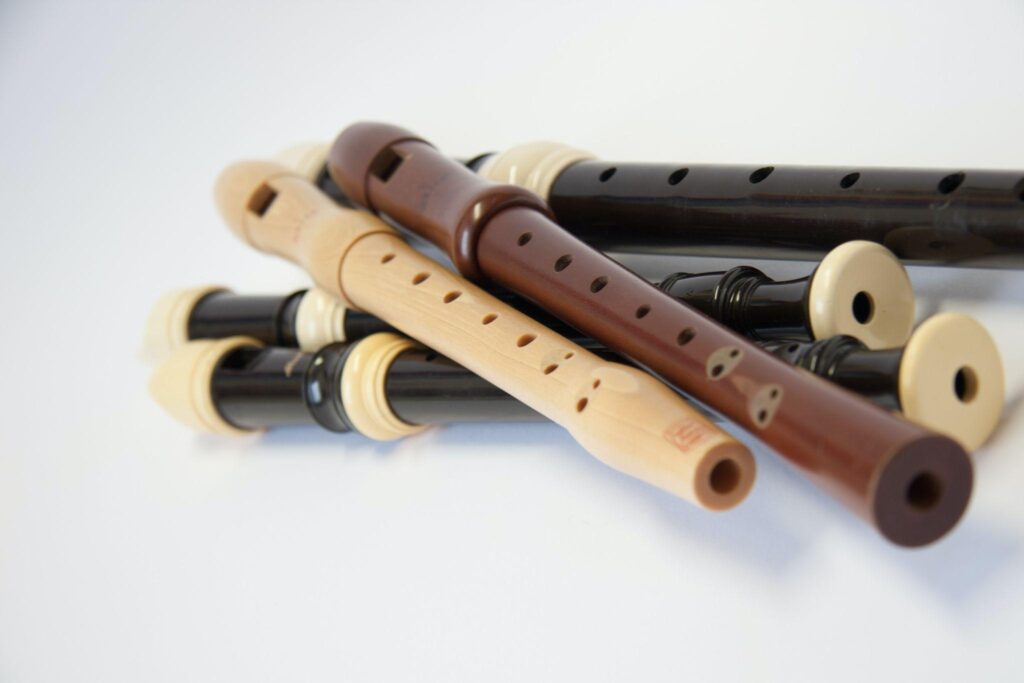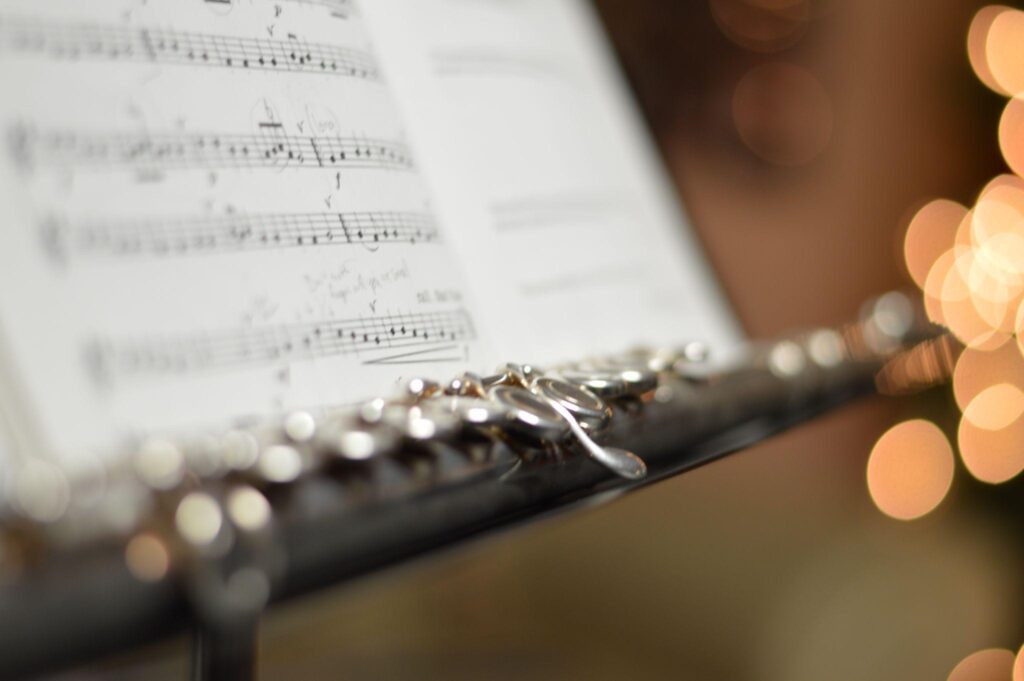A flute can be a beautiful and calming instrument, or it can be a frustrating one that’s hard to play. It all depends on the individual player and their level of skill. If you’re thinking of picking up a flute, there are a few things to consider. The first is your budget; what price range are you comfortable with? And the second is your skill level; how beginner-friendly is the flute? Once you have these answers, it’s time to start looking at different models. There are many different types of flutes to choose from, so it can be hard to know where to start. In this article, we will help you narrow down your choices and find the perfect flute for learning.
Table of Contents
What to look for in a flute
When it comes to choosing a flute for learning, you’ll want to consider a few things. The type of flute you choose will depend on your level of experience and how much money you’re willing to spend. Here are some things to look for in a flute:
– Size: Most flutes are available in three sizes: small, medium, or large. The size you choose will depend on your hand size and the range of notes that the instrument can produce.
– Material: You’ll want to choose an instrument made out of wood or plastic. Wood instruments are more expensive but they tend to hold their tune better and they look nicer. Plastic instruments are less expensive but they may not last as long and they may not sound as good as wood instruments.
– Keys: There are two types of keys on a typical flute: manual and electronic. Manual keys require you to use your fingers to play the notes while electronic keys allow the instrument to be played automatically with the aid of an electronic device.
Types of flutes
There are a few different types of flutes to choose from when starting out as a beginner musician.tumblr.com explains the three main types of flutes: recorder, transverse flute, and baroque flute.
Recorder: A recorder is the most common type of flute and is usually played with two hands. It has a conical bore and is often used in Irish traditional music.
Transverse Flute: A transverse flute has a more pear-shaped bore and is played with one hand. It is common in classical music and can be used to play solo or chamber music pieces.
Baroque Flute: The baroque flute has a very flared bell and is mainly used in orchestral works.

How to play the flute
If you are considering purchasing or learning to play the flute, here are a few tips to help you choose the right one.
Make sure to take your time when choosing a flute. There is no need to rush into a decision. Some factors to consider include: your budget, the type of music you are interested in playing, and the style of playing you prefer.
When looking at different models online or in stores, try out different sizes and shapes to find what feels best in your hands. You may also want to watch videos or take lessons from an experienced player before making a purchase so that you can get an idea of what style of playing is most comfortable for you.
Don’t be afraid to experiment with different styles of music and techniques. The more exposure you have to different types of music and playing techniques, the better equipped you will be when it comes time to make a choice about which instrument is right for you.
Tips for practicing
When you are choosing a flute for learning, there are a few things to think about. First, what kind of music do you want to play? A piccolo or an alto flute are good choices if you want to play classical music, while a bass flute is better if you want to play rock or pop songs. Second, how much experience do you have playing instruments? If you have no experience at all, a beginner’s flute might be best. Third, what kind of sound do you want? A higher-pitched flute will produce a brighter sound than a lower-pitched one. Fourth, what size flute do you need? Most people need an adult size flute for the best sound quality and ease of playing. Finally, consider your budget. You can find great beginner’s flutes for under $100.
What to consider when choosing a flute
When choosing a flute for learning, there are a few things to consider.
First, the size of the flute is important. The smaller the flute, the easier it will be to carry around and learn on. However, larger flutes can produce a richer sound. It’s important to find a size that works for you
to read more about the best flute for beginners .
Second, it is important to choose a flute with good tonal quality. Tonal quality refers to how pure the sound is and how evenly it is distributed throughout the instrument. Higher quality flutes usually have more even tonality and produce clearer notes. However, lower quality flutes may also be cheaper and work just as well for beginners. It’s up to you to decide what you’re willing to spend on your flute.
Third, consider whether or not you want a keyed or unkeyed flute. Keyed flutes have keys that enable you to change the pitch of the note played, while unkeyed flutes do not have keys and require manual tuning in order to adjust the pitch of the note played. If you plan on playing classical music or other styles that require precise pitch accuracy, then a keyed-flute may be best for you. If you are new to playing music and don’t need an extremely accurate pitch, then an unkeyed-flute may be better suited for you.
Fourth, consider what kind of case your new flute will come with.

The different types of flutes
There are a few different types of flutes, each with its own unique features that can make learning to play it easier or more difficult. Here is a rundown of the most common types of flutes and what they offer:
The recorder is the most commonly used type of flute in schools and orchestras. It has six holes on the front and is played by blowing into the lowest hole. The recorder’s mellow sound makes it an ideal instrument for beginners, while its narrow mouthpiece allows for clear articulation.
The French horn is a conical-shaped instrument that resembles a trumpet but has two additional holes on top (the size of which depends on the model). Playing the French horn requires proficiency in using both hands, as it needs to be blown through both tubes at once. Its loud sound and wide range make it an ideal instrument for performing solos or playing complex compositions.
The valve flute is similar to the clarinet but has one fewer keyhole and no fingerholes. When air is blown into the instrument through one of these small openings, it causes a series of valves to open and produce different notes. Because this type of flute relies so heavily on air pressure, players need to have strong lungs in order to play it well.
The ocarina is another type of flute that comes in many shapes and sizes, from basic models that resemble an oversized kazoo to intricate instruments made from precious metals or elaborate carved wood
How to play the flute
If you are thinking about buying a flute for learning, there are a few things to keep in mind. First, the size of the flute will affect the way it sounds. A small flute will sound tinny and a large flute will sound bombastic. Second, the type of wood the flute is made from will affect its tone. Most wood used in flutes is cedar, which has a bright sound. Third, make sure that the flute comes with an instructional book or DVD to help you get started. Finally, be sure to practice regularly!
Tips for beginner musicians
Do your research! When you are choosing a flute for learning, be sure to do your research so that you find the perfect one for you. There are many different types of flutes to choose from, so it is important to find the right one for your skill level and personality. If you are a beginner, consider looking for a student model or an instrument that is easy to learn on.
Also, be sure to take into account what kind of music you want to play. If you want to play classical music, then you will need a more expensive and professional-grade instrument. On the other hand, if you are more interested in jazz or pop music, then an inexpensive beginner’s model might work just fine.
Finally, make sure to get quality practice time with your new flute! Playing regularly will help you improve your skills quickly and make playing the flute fun and enjoyable.

An author of Update UI, We have published more articles focused on blogging, business, lifestyle, digital marketing, social media, web design & development, e-commerce, finance, health, SEO, travel.
For any types of queries, contact us on updateui.info@gmail.com.


